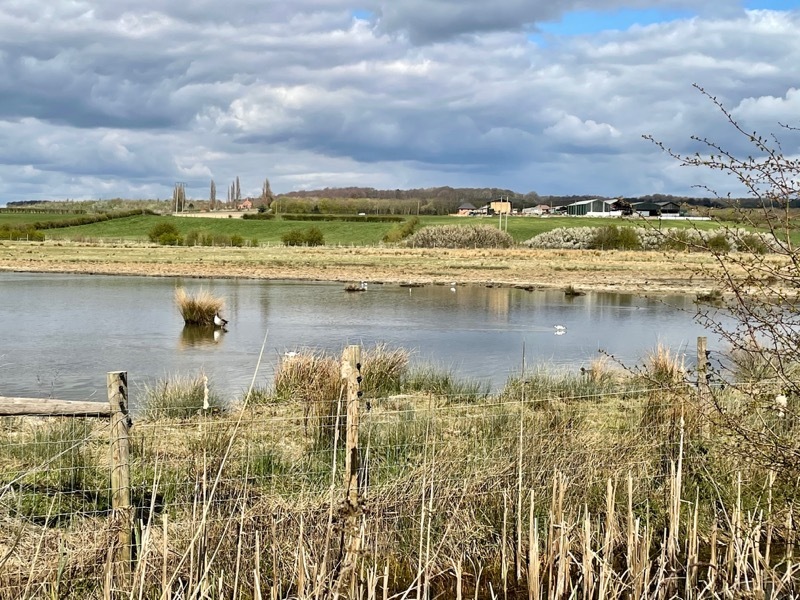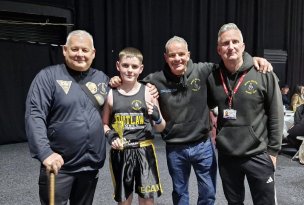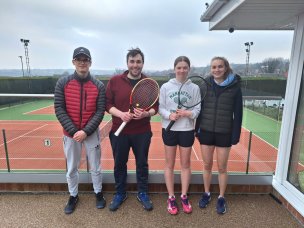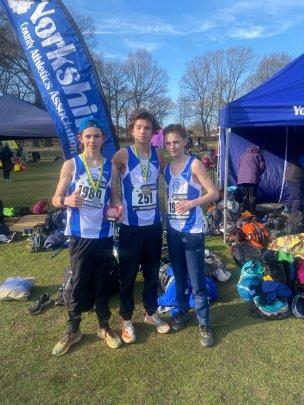BARNSLEY beauty spots rich in biodiversity have been officially recognised as sites of special scientific interest by Natural England - an honour which is the ‘icing on the cake’ after decades of conservation work following pit closures.
The River Dearne and its Dove tributary make up the Dearne Valley Wetlands - an area deemed to be nationally important for its bird species including the willow tit, bittern, garganey, lapwing, redshank and avocet.
The newly-awarded accreditation links different pockets of valuable habitats between Pool Ings in Royston, Worsbrough Mill, Carlton Marsh, RSPB Old Moor, Broomhill Flash and Adwick Washlands in Bolton-upon-Dearne.
In the 1990s, the Dearne Valley was a post-industrial landscape including the bulldozed remains of the pits, spoil heaps, coking plants and railway yards, known locally as ‘Hell’s Kitchen’ because of the frequent fires that broke out there.
Council leaders told the Chronicle it was a huge honour following years of work - overseen by both the local authority and scores of volunteers - and will give greater long-term protection in order for each area to continue to flourish.
Coun Tim Cheetham, cabinet spokesperson for regeneration and culture, said: “The fantastic news that the Dearne Valley Wetlands is being designated a site of special scientific interest (SSSI) is testament to the incredible work of a huge number of people and organisations over many years.
“The borough’s many renowned visitor attractions are among a total of 15 sub-sites recognised for their staggering conservation success seen in recent years.
“This designation demonstrates that through much hard work and commitment, it’s possible to see tremendous recovery of habitats and animals in areas where more than a century of industry has weighed heavily on the landscape.
“We are now able to look forward to further recovery of our natural environment alongside further growth of our economy, through sustainable development and enhancement of this SSSI going hand-in-hand.”
A key factor in achieving the status was the stronghold of willow tits, a nationally important bird species, which has declined by 94 per cent since the 1970s and is now this country’s most threatened resident bird species.
One of the catalysts for the regeneration was the establishment of Old Moor nature reserve by Barnsley Council in 1998, before management was taken over by the RSPB in 2003.
Biodiversity officer Trevor Mayne added: “We have 22 sites included, so it truly does stretch right across the borough, but the SSSI status ensures we’re better placed to continually improve areas.
“I’ve seen some sites both before and after the pits, and they’re terrific habitats. They’ve always had pockets of wildlife, but the work that’s gone in to get them to this stage has been immense - this effectively joins up every dot.
“The willow tit is an iconic Barnsley species. While populations across the country have plummeted, we’ve retained a strong number but want to continue to see them flourish.
“Much of the land included was formerly used for coal mining.
“The brownfield land of disused railway lines and spoil heaps has developed important scrub habitats - especially for willow tits who like the in-between style of the locations - while other land has been used to create new wet grasslands, wetlands and open water sites.
“The transformation of the Dearne Valley following the closure of the coal mining industry and coke works to this remarkable landmark of SSSI notification is a truly fantastic achievement, and it is thanks to the tireless efforts of a partnership of organisations and dedicated individuals.”
RSPB Yorkshire and Humber area manager Richard Barnard labelled the Dearne Valley corridor sites as some of the ‘greatest success stories’ in the country for nature conservation.
“In the Dearne Valley, investment in sites like RSPB Old Moor has led to wetlands that help protect homes and businesses from flooding, provide jobs for local people, and offer amazing, nature-rich recreation opportunities, as well as homes for wildlife,” he said.
“This has only come about because of the combined efforts and commitment of all involved.
“From the local birders protecting the original wetlands through to the partners involved today, it has been a real team effort that should bring hope to everyone.”





























